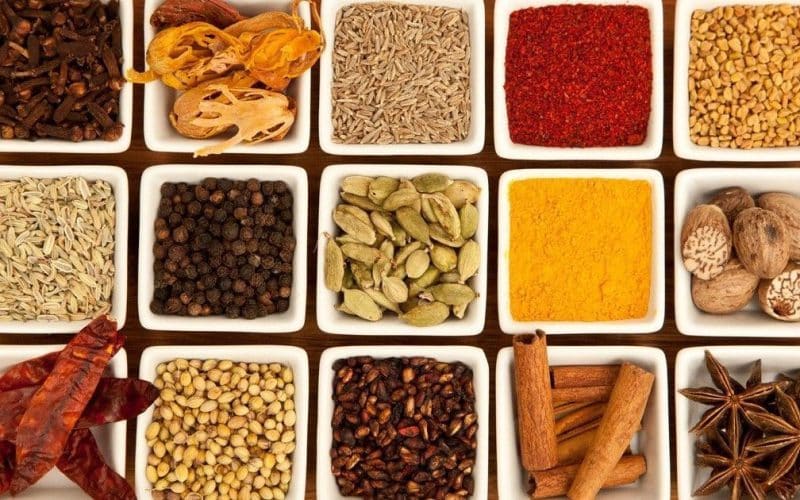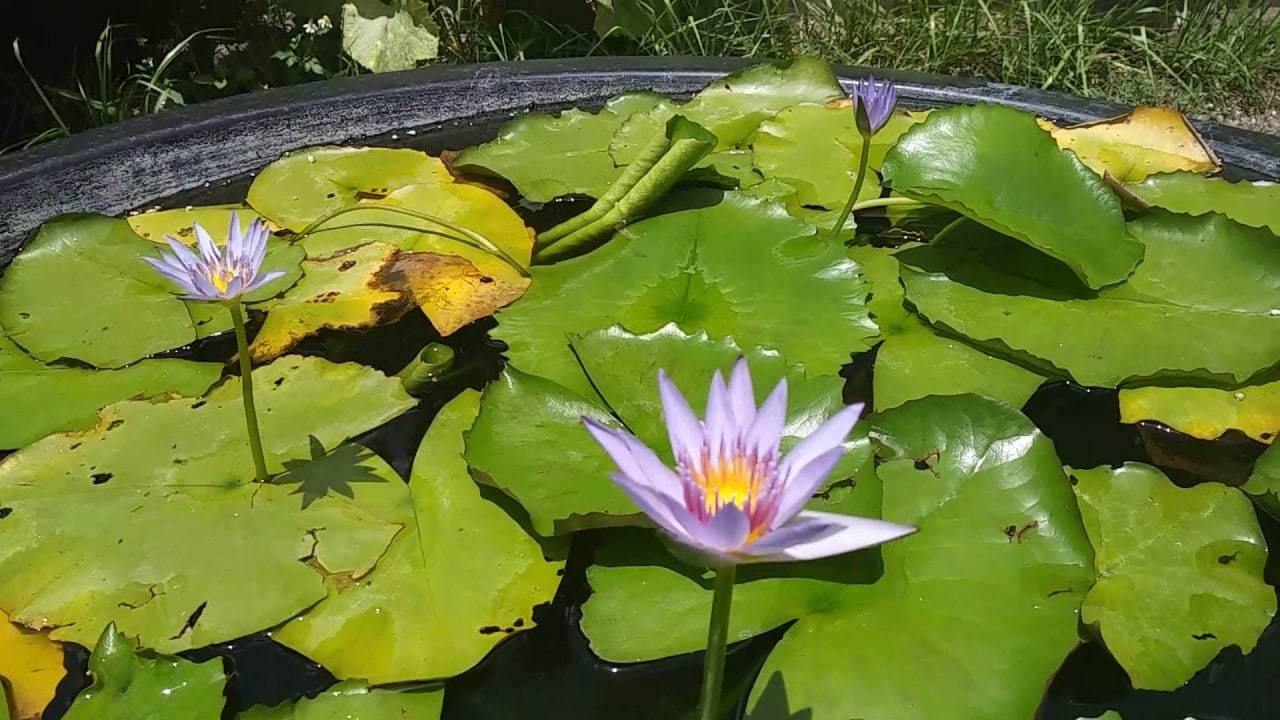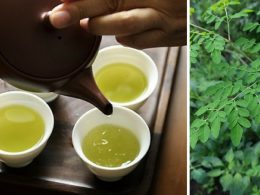Imagine food without any of the spices. So bland and lifeless the meals would be, with just heating up as the tool to make changes in the taste of the monotonous vegetables and meats.
The entire world would have been zero sizes and being obese would have been a style statement perhaps.
Food would not have been an addiction and drinks would be boring too. There would be no different cuisines to stuff down when you got bugged of the daily meals.
Nor would have been the lavish pampering of your taste buds anywhere in the picture. The world would face a crisis! But thanks to all our ancestors and their curiosities, we live in a world that has a range of spices to pick from.
From barks of trees to small leaves, man has utilized every aspect of nature to make food tastier. Now, do you get why everyone keeps hunting for good food? It comes naturally from our ancestors!
India has been known for its spices and the spice trades for long ages. The tropical climate of the country, with the apt amount of sunshine and rainfall, has enabled the growth of different spices and condiments in different parts of the country.
Of these, a few important are cinnamon, star anise, mustard seeds, saffron, cloves, bay leaves, turmeric, nutmeg, cumin seeds, pepper, and the list can go on till it reaches the end of this page.
Different uses and tastes, with different colors and different shapes, even a single variety of spice have subcategories in it.
1. Cinnamon (Dalchini)

The multi-purpose spice in the form of a tree bark, this spice was once equivalent to a rich gift during the olden times of kings and queens.
The cinnamon tree is allowed to grow for two years, following which the shoots of the tree are cut off and sent for processing. The processing involves the scraping off of the exterior woody parts and beating of the internal bark to loosen it up.
These beaten strips are sent for drying and then cut into desired sizes. Used in sweet as well as savory foods, this spice has a pungent and hot taste hidden amidst the sweet aroma from the cinnamon oil.
2. Cloves (Laung)
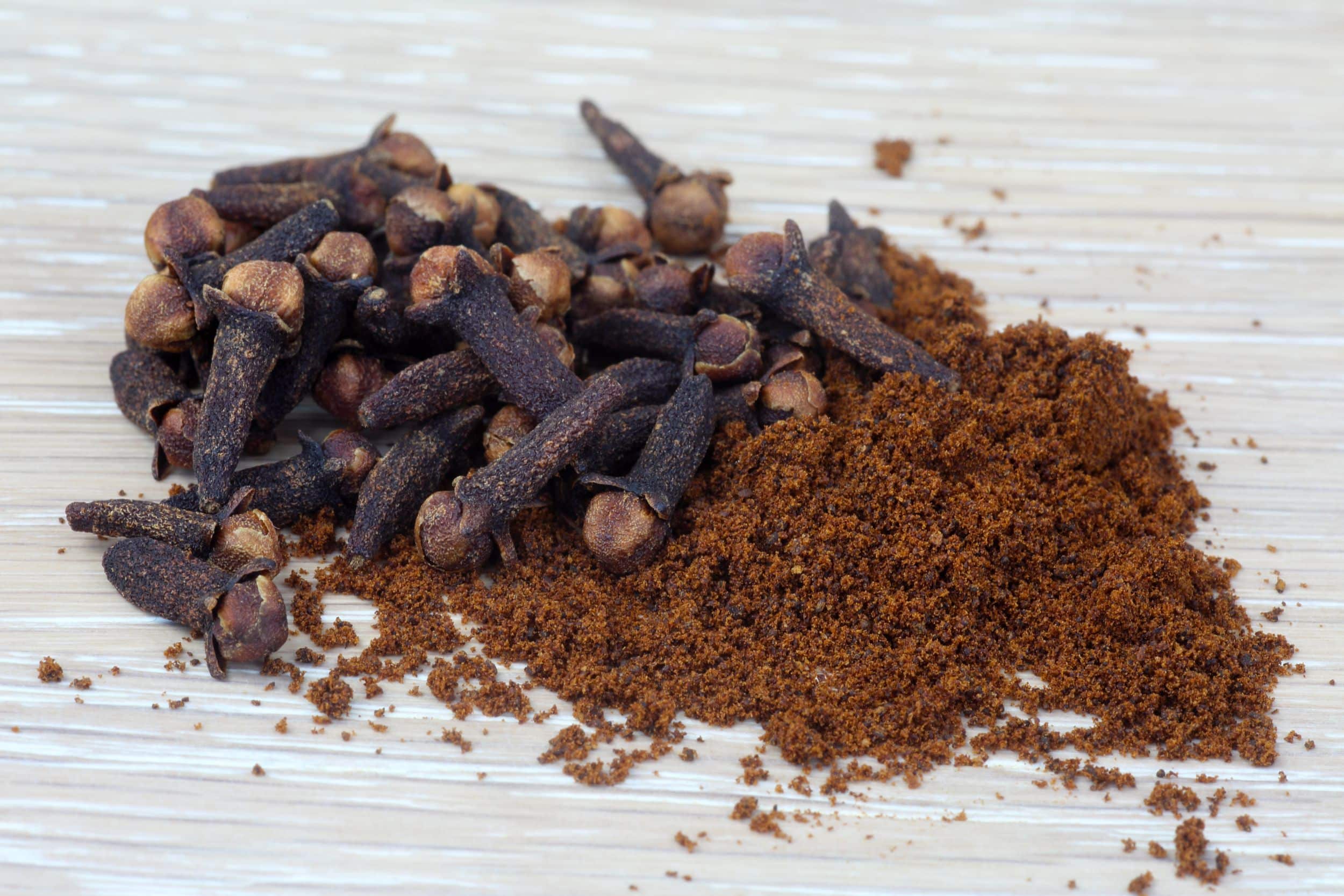
Essentially a flower of the family of Myrtaceae, the flower is bright red in color during harvesting succeeding the hue and green colors.
Used to cut in through the sweetness of the fruits and in most of the Asian and Mexican cuisines, the condiment has a sharp spicy taste to it.
Apart from the culinary uses, it finds its place in cigars and medicines, where it is used as pain killers for dental problems and treatment for various digestion problems.
3. Saffron (Kesar)

One of the richest and most expensive spices produced in the world, the saffron has a bright orange-red color as the name suggests.
The main spice is the stigma of the flowers that are grown in specially attended plantations and is used for both colorings as well as for taste. A sweet hay-like taste is what it imparts to the preparations it is added to.
Used in both sweet dishes like flavored milk, porridge, etc., and even in the savory varieties like pasta, biryani, and Asian cuisines, the saffron symbolizes luxury-style meals and dishes.
4. Bay leaves (Tej Patta)
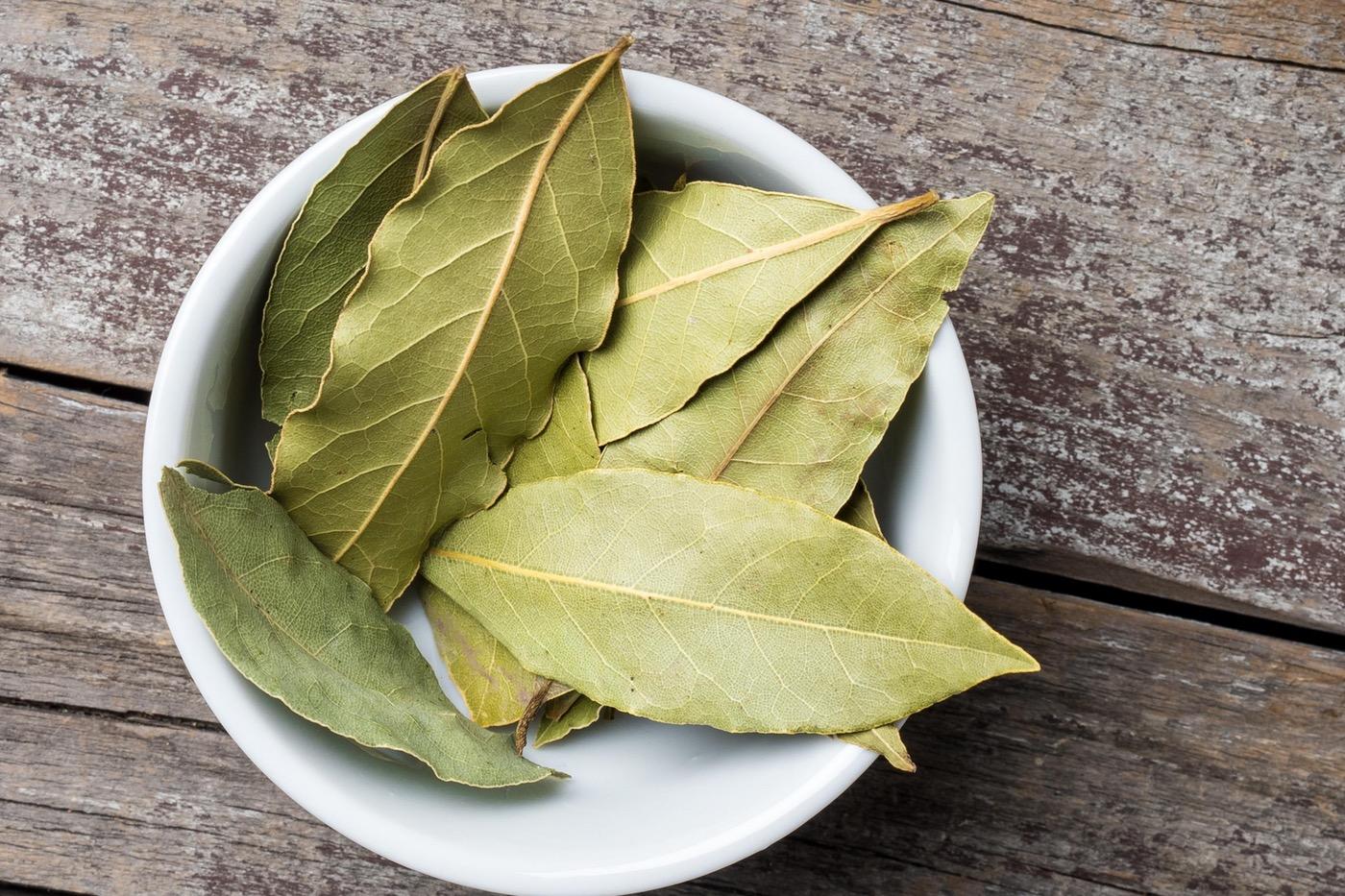
A fragrant and bitter leaf, the bay leaf is usually used after a few weeks of drying once it is picked. The flavours intensify as the leaves dry and become stronger and concentrated.
The fragrance plays a higher role as compared to the taste when it comes to the culinary usage of the condiment. More or less, similar to cinnamon, the taste and aroma of these leaves are inculcated in spicy preparations of Mexican, Arabian and Indian origins.
5. Star Anise (Chakra Phool)
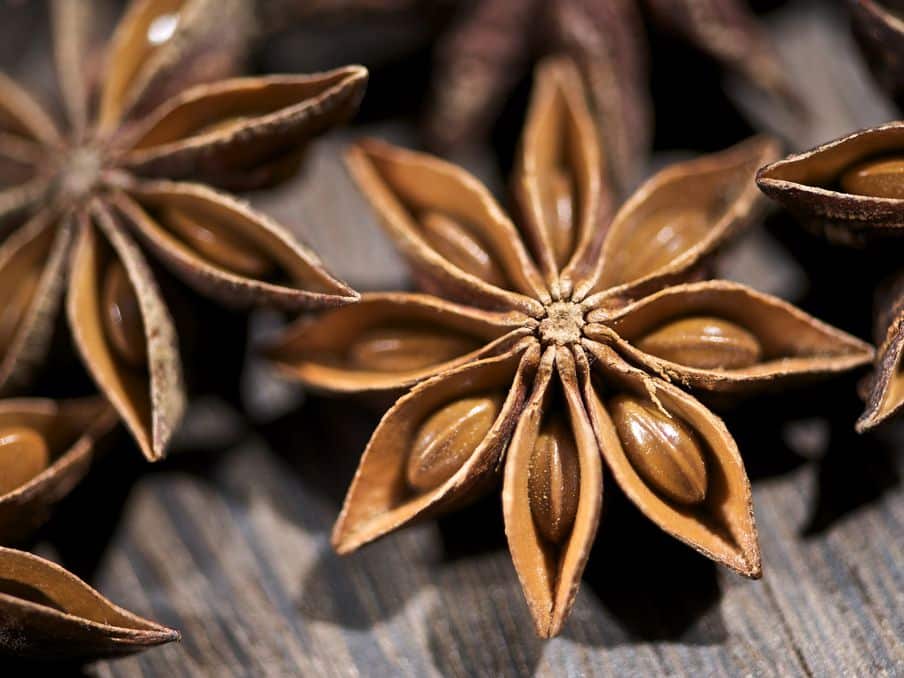
Harvested just prior to the ripening of these fruits, the star anise has an attractive and elegant look of its own.
In the shape of a star, the spice not only flavours the dish but enhances its presentation as well. It forms one of the components of the garam masala and is used in many cuisines like, Indian, Chinese, Indonesian and Malayan.
It is also used as an aroma inducer in the masala chai (tea). Apart from culinary use, it has loads of medicinal uses too and is believed to heal rheumatism.
6. Turmeric (Haldi)
A perennial plant of the ginger family, turmeric is one of the most used spices in Indian cuisines. The rhizome or a subterranean stem of the plant, this spice is dried and ground for its use.
Owing to its bright yellow shade, turmeric was primarily used as a dying agent, but is now mostly used as an antiseptic in the field of medicine. It is mostly used in Indian and South Asian cuisines too.
The other dry spices include cumin seeds, mustard seeds, tamarinds, nut meg, cardamom, pepper etc. The garam masala that is used in various savoury varieties, is a powder made out of the above few spices, namely, star anise, cinnamon, bay leaf, cloves and black cumin.
The ingredients of this mixture of spices vary and get modified according to area as well as taste preferences. Apart from these, there are many spices that are used fresh and green, ginger, garlic, basil, mint, capsicum, and curry leaves etc.
So all in all, India is a huge mall for spices. With dried and fresh, powdered and whole, there is a lot stored in this country when it comes to food and especially, taste!
7. Cumin (Jira)
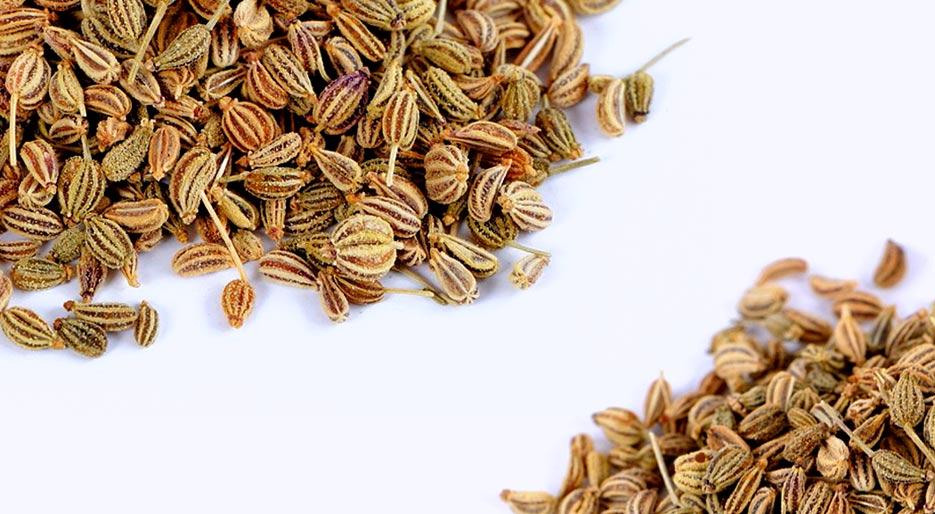
Cumin is one of the many incredible spices. It’s found in almost every Indian dish. It is deep-fried in butter as the spice base for Butter Chicken.
It is also fried in oil for most taarka recipes, and you can use it in all types of the highly loved garam masala. It comes with a flavor profile that is unlike dill or carraway.
8. Green Cardamom (Choti Elaichi)
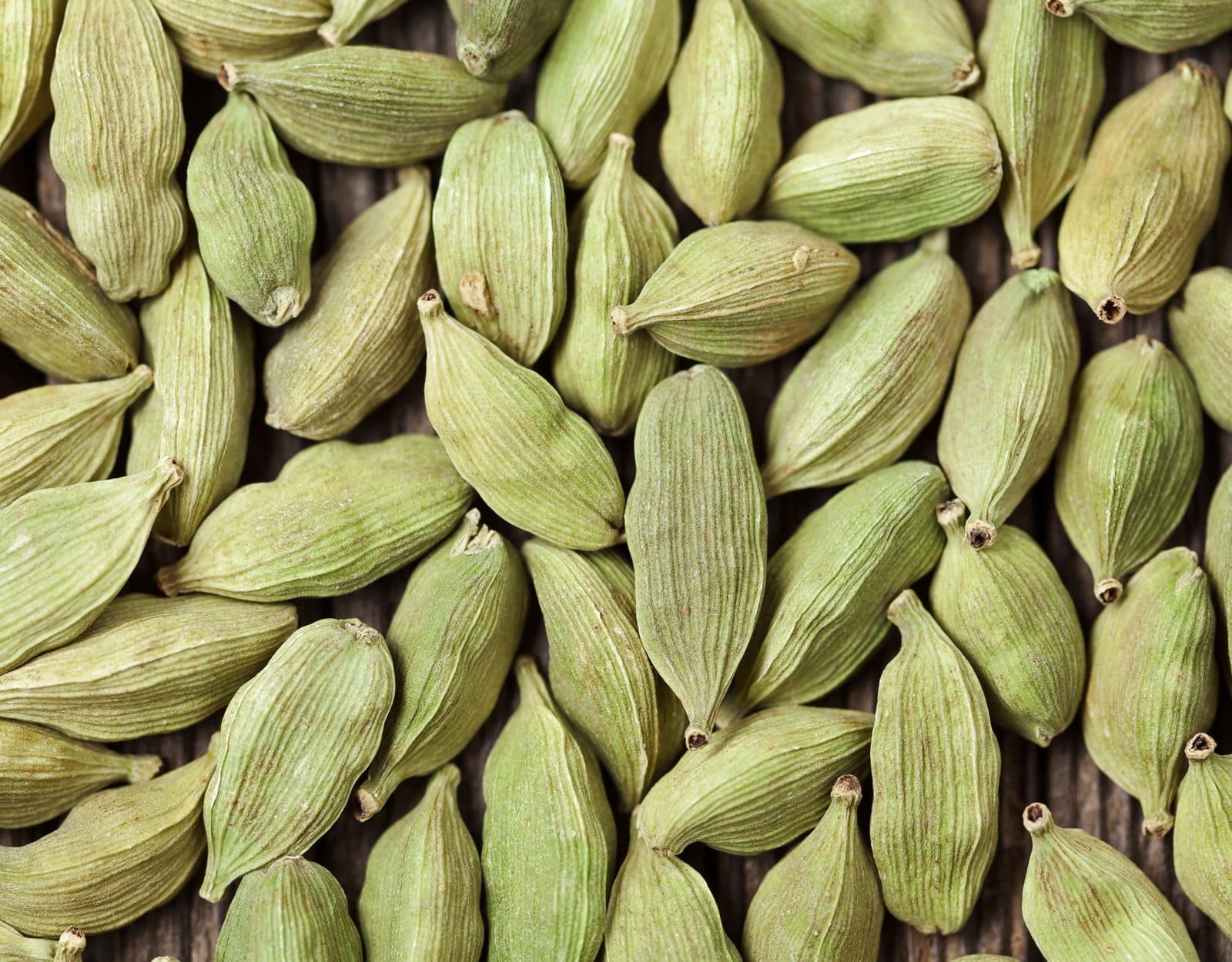
You can not mistake the nice flavor of green cardamom. It tastes much similar to eucalyptus (and hence mimics many cough lozenges) due to a compound known as cineole. Still, do not let that push you to be discouraged.
Cardamom remains one of the major ingredients in Indian cuisine, mostly in Biryani.
9. Coriander

Coriander isn’t a plant of its own; it’s the seed of the cilantro plant. This seed comes with an aroma such as citrus mixed with some woody, leafy notes.
It is one of the major spice ingredients in Vindaloo and Madras, wherein it combines perfectly with the sour elements in the dishes.
Grind it just before adding it to a sauce, or you can pour it into your hot fry oil for a short time before pouring in your onions.
10. Cilantro

The green leaves of the greatly loved cilantro plant are indispensable as a garnish rich in flavor for almost any dish. However, it goes exceptionally well with deeply-flavored dals and some nice meat dishes.
11. Garam Masala
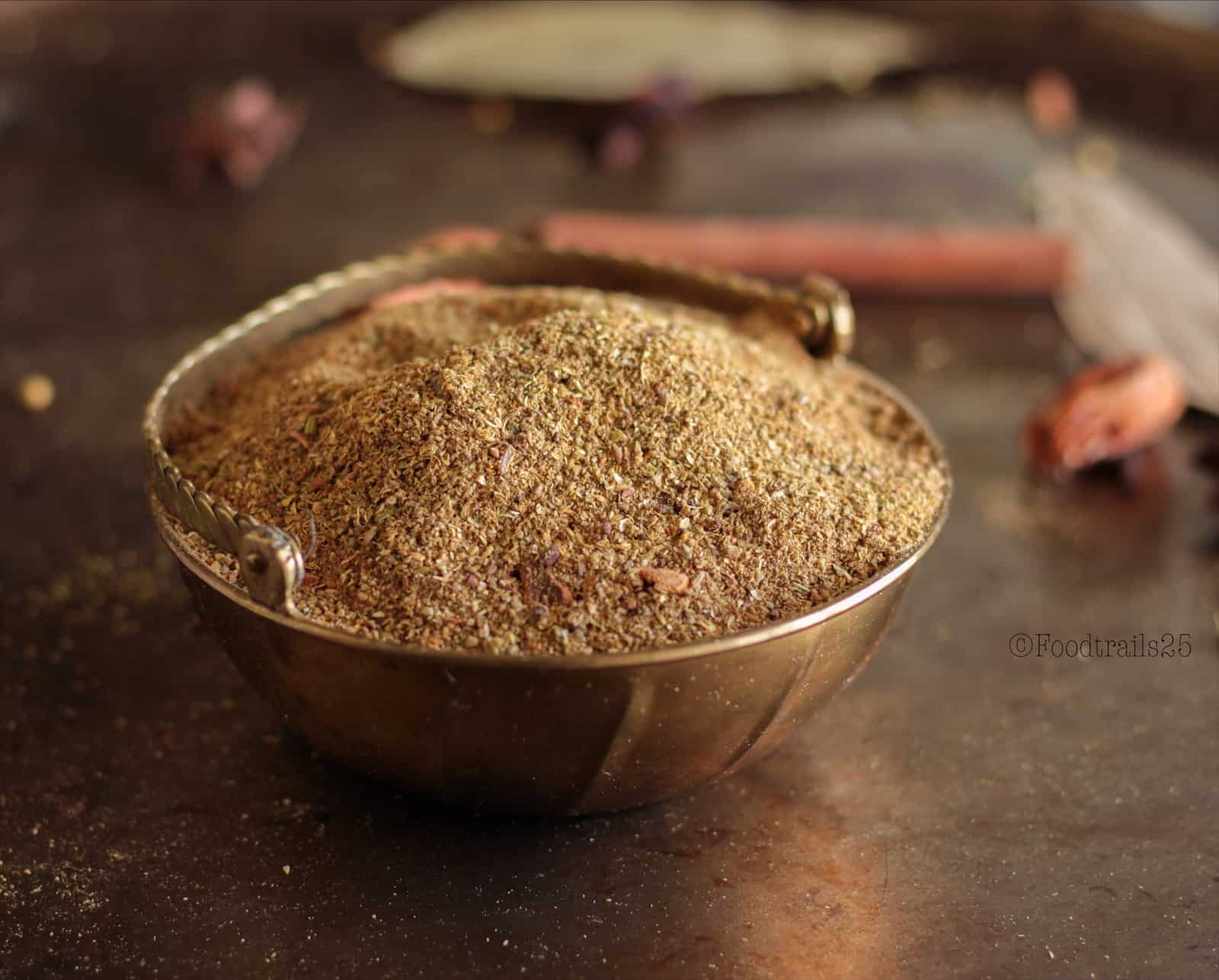
Garam Masala is a spice, much like the yellow curry powder that a lot of us know. However, garam masala is more of a mix of spices, including pepper, nutmeg, coriander, cinnamon, cardamom, cumin, Indian bay, and lots more.
It has been a major ingredient in several local dishes, including the tasty Chana Masala. As a spiced powder, it is great to add to sauces.
12. Black Cardamom (Kali Elaichi)
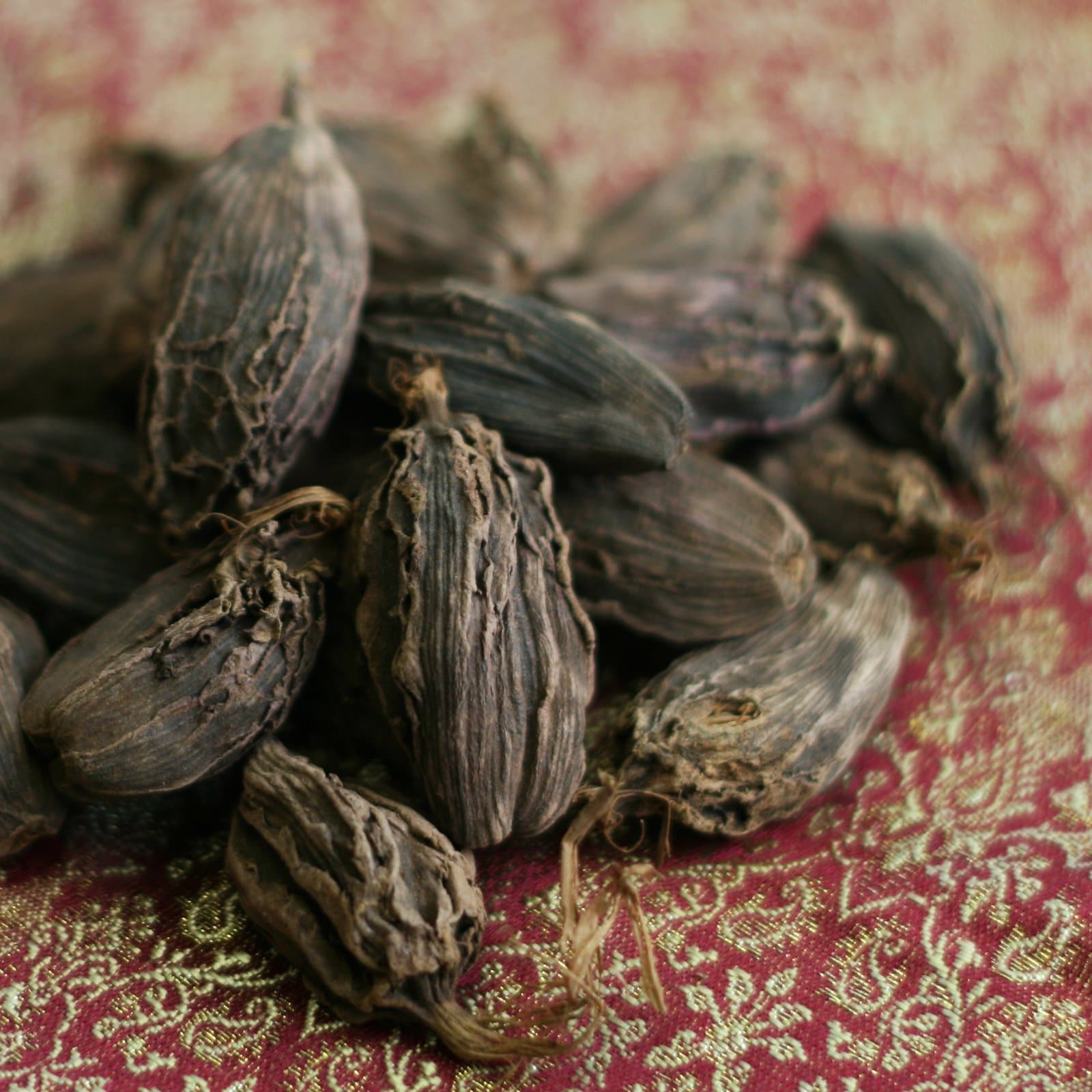
Black cardamom is a spice that features the unique sweet aroma of green cardamom, apart from the fact that the pods are much larger with a lot more seeds.
The black cardamom pods will be dried over a fire, and hence they become blackened and feature a smoky flavor. There is presently no substitute for the catchy fragrance of black cardamom.
13. Ginger (Adarek)
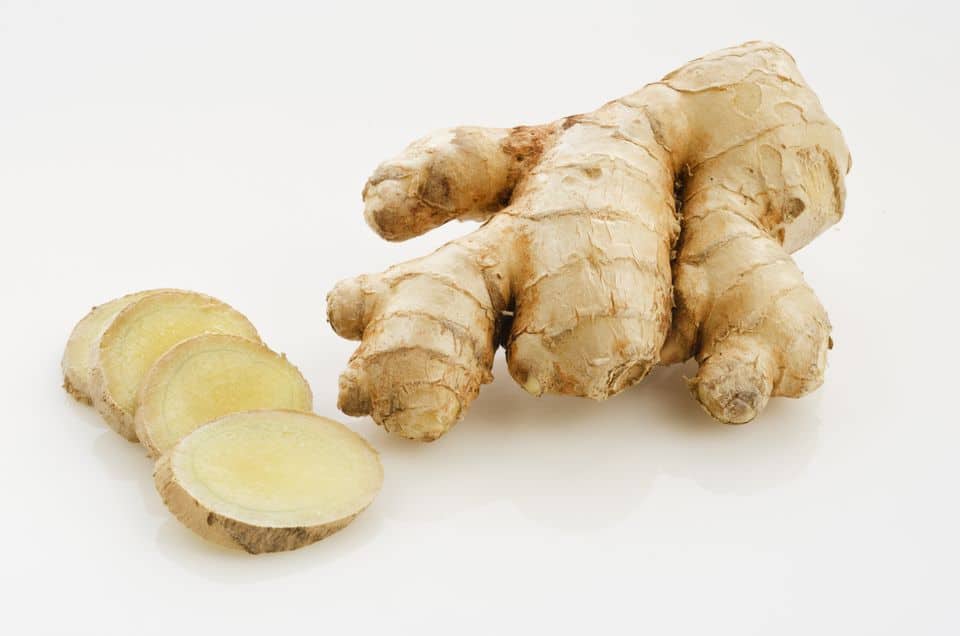
Ginger is not only an Indian spice; the whole world loves it too. This is an essential ingredient for almost all curries and is one-half of the two important ginger garlic paste recipes.
When it comes to most Indian dishes, if you do not want to use ginger/garlic paste (which you most likely will be), you can choose to use a 1-2 inch length of fresh ginger, minced or grated, and add it with your garlic once you’ve prepared your onions. Ensure that you have first peeled the ginger.
14. Garlic (Lahasun)
Garlic is one seasoning that can be considered very important. Using a between 4 and 10 garlic cloves in a four-person recipe will offer you a good, spicy, and hearty garlic flavor.
If you seek a milder flavor, you can add it at the beginning of your cooking when you start frying your chopped onions. For a sharper flavor, you can add it just after your onions become soft, giving the garlic shorter cooking time.
15. Asafetida (Hing)
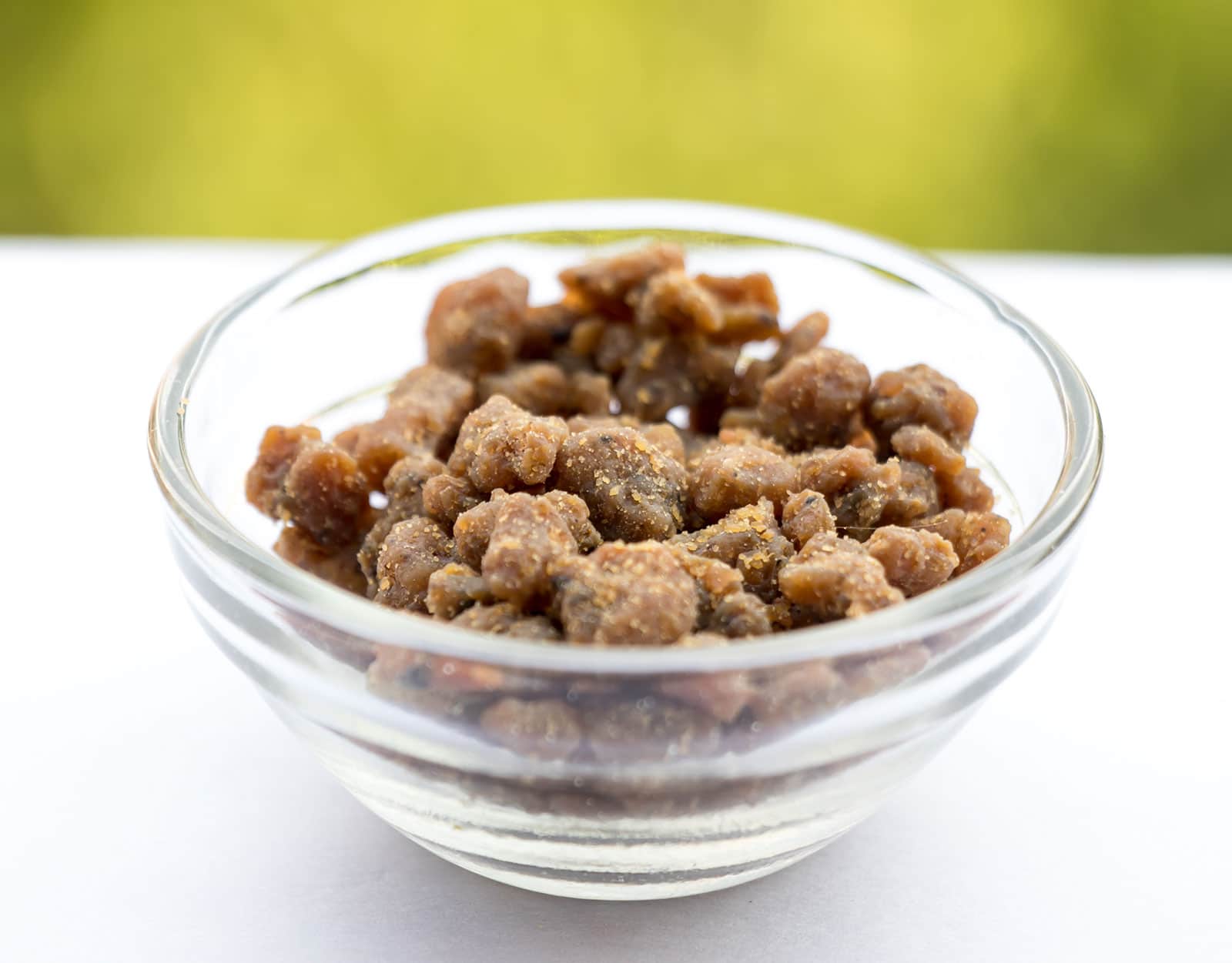
Asafoetida can be called one of India’s favorite spices. Looking from a Western perspective, we can say this one is a weird spice.
Of course, it smells a little strange, and some people say it smells terrible. Nevertheless, we agree that it is merely strong and imparts a scent that is somewhat like that of the onions and leeks family, sort of piercing and sulfurous, but really like no other spice you’ve had.
To make use of hing, or asafoetida, you have to always pour it into your frying pan when your butter or oil is hot. It has to sizzle for a few between 5-20 seconds before adding ginger, onions, or garlic.
For a meal of four, you can use between ¼ and ½ teaspoon of hing. Ensure to store it in an airtight container.
16. Fenugreek (Methi)
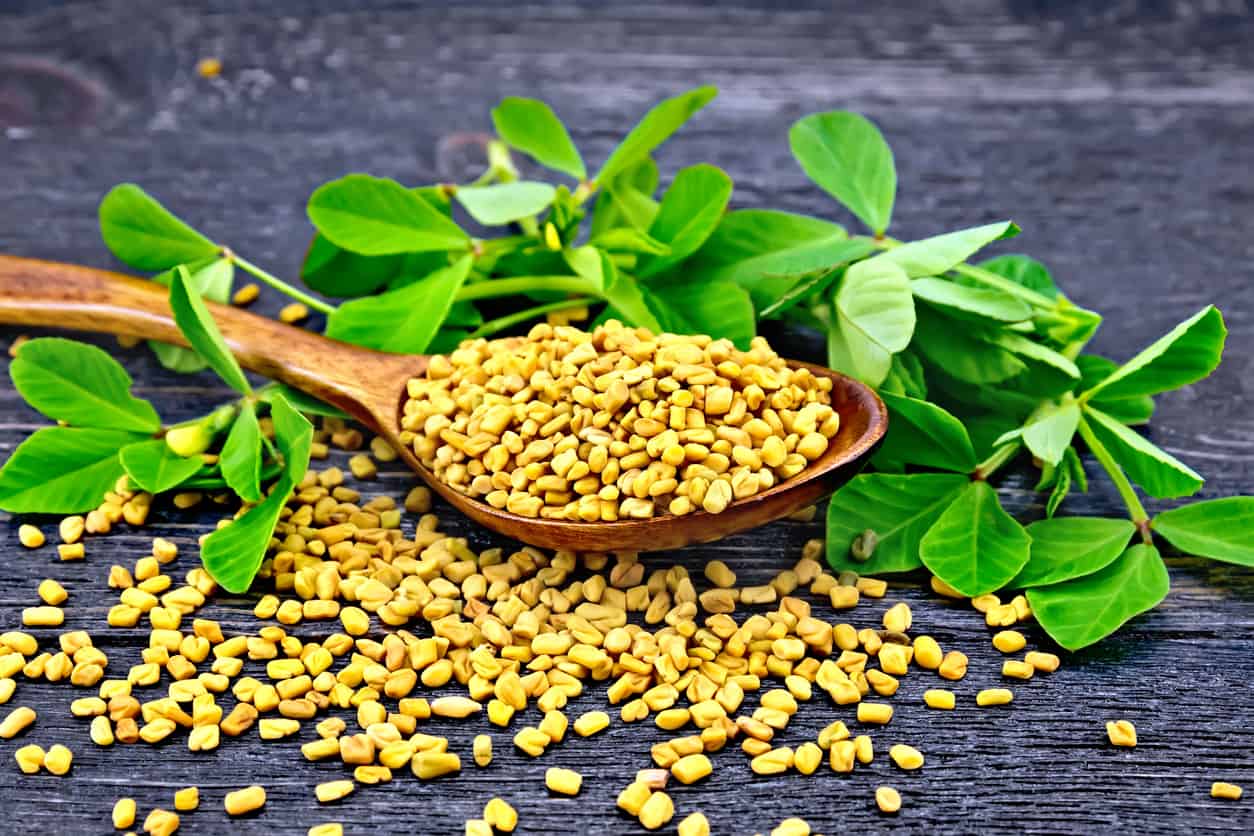
Fenugreek is one great but subtle spice. Tasting this spice as a raw ingredient does not give you a clear understanding of where or how it might fit into your cooking.
Tasting the seeds gives you a bitterness with a hint of maple. You may choose to use the leaves or ground seeds, and either one of them features a sweet/bitter flavor.
17. Mango Powder (Amchoor)
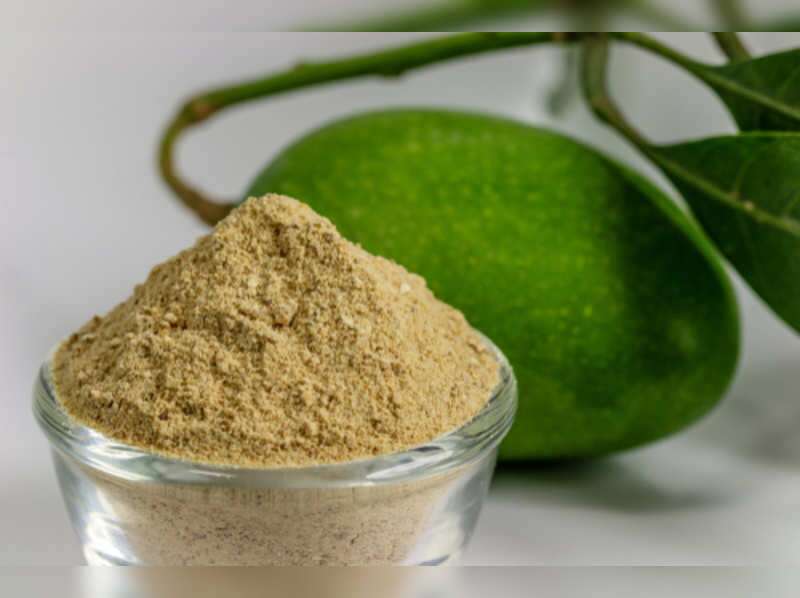
Usually, this spicey powder is simply called amchoor. It is one of India’s favorite spices. If you feel like your dish is bland and you would like a somewhat sour flavor, then you may need to try amchoor.
A single teaspoon of amchoor will give you almost as much sourness as half a lemon. You’ll get a little sweetness as well because it’s a powder made from dried mango. That also means that it is packed full of acids and a tiny amount goes a long way.
18. Indian Bay Leaf (Tej Patta)

Indian bay is a spice extensively used in dishes the same way as European bay. It is mainly included as a whole leaf and often cooked for the full length of the dish, scooped out just before serving.
It has an aromatic flavor that is reminiscent of clove and cinnamon, but much more subtle coupled with a leafy flavor of its own.
19. Fennel (Saunf)

Fennel and anise are both spices that bear a strong similarity to black licorice. Fennel is wonderful as a complete spice in taarka, and is one other key ingredient used in adding flavor to madras and other types of curries.
Indian restaurants usually make use of candied fennel seed as a mint to be served after dinner.
20. Star Anise (Chakra Phul)
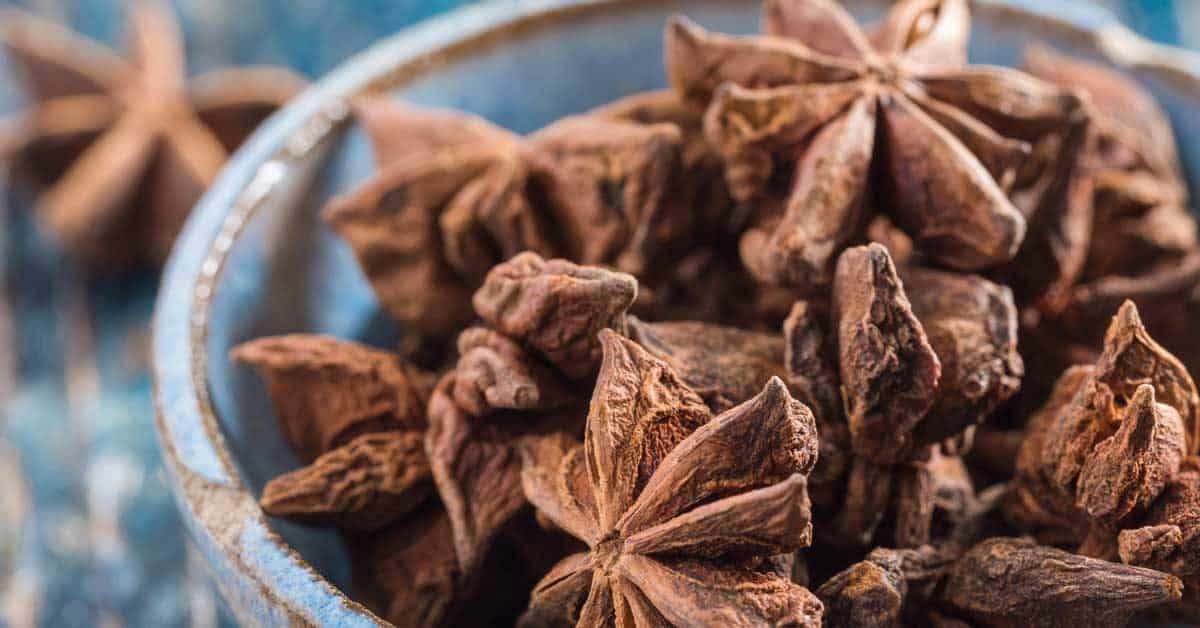
Anise is a spice that tastes so much like fennel, but it’s less floral and much sharper. Star anise is a common spice used in the preparations of some Garam Masala.
It is a very delicious taarka, or a frying spice, and is the major seasoning of the delicious tamarind chutney that can be found in many Indian restaurants or is served as a side of dipping sauce when with chapatis, samosas, and many other Indian street-type foods.
21. Carom (Ajwain)
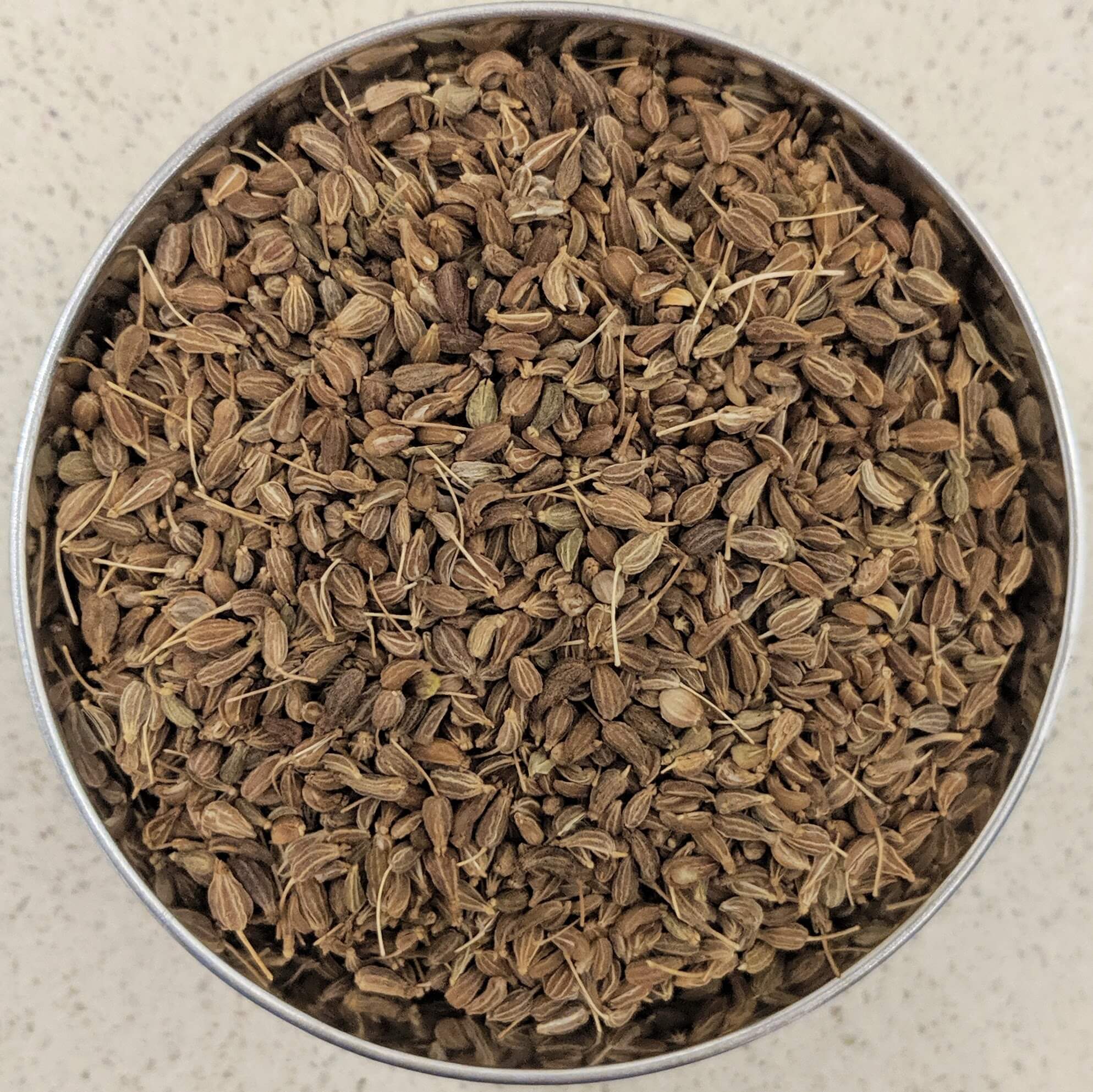
Carom is one very crazy spice. The flavor is quite strong and startling when it is eaten raw (which is not recommended). Though it looks so much like a seed, it is dried fruit.
Every tiny seed features a huge amount of thymol, and this makes it a flavor that is somewhat like thyme but many times stronger. It is common in India for people to use carom in loaves of bread.
22. Nutmeg (Jaiphal)

Whole, well-grated nutmeg has become a common ingredient used across India, especially in the south. Using it as a full spice is a completely different experience than adding the ground spice, which quickly loses the strong flavor of nutmeg.
23. Mace (Javitri)
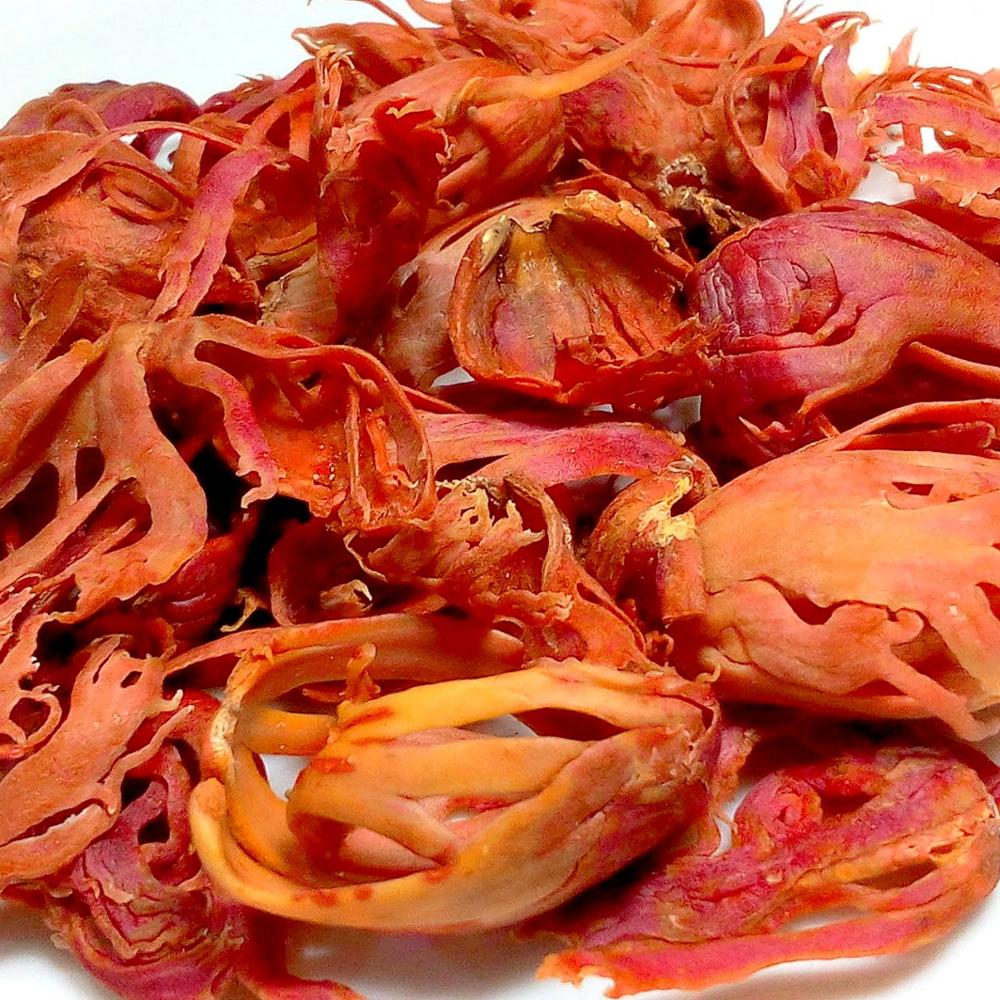
Mace is a sweet webbing or leaf-like spice that naturally wraps the nutmeg seed. Mace boasts of an even more savory and musky flavor than nutmeg. However, they are so similar that their flavors can be easily confused.
Mace is often fried whole, and usually, one blade or leaf of mace is enough to really impart a strong flavor.
24. Mustard Seeds (Rai)

Whether it is brown, black, or yellow, Mustard seeds are an important part of Indian cooking as it imparts a nutty, sharp note to a lot of curries. Just like many of the whole spices mentioned on this list, they are usually favored for cooking in not oil at the start of preparing a recipe.
25. Black Pepper (Kali Mirch)
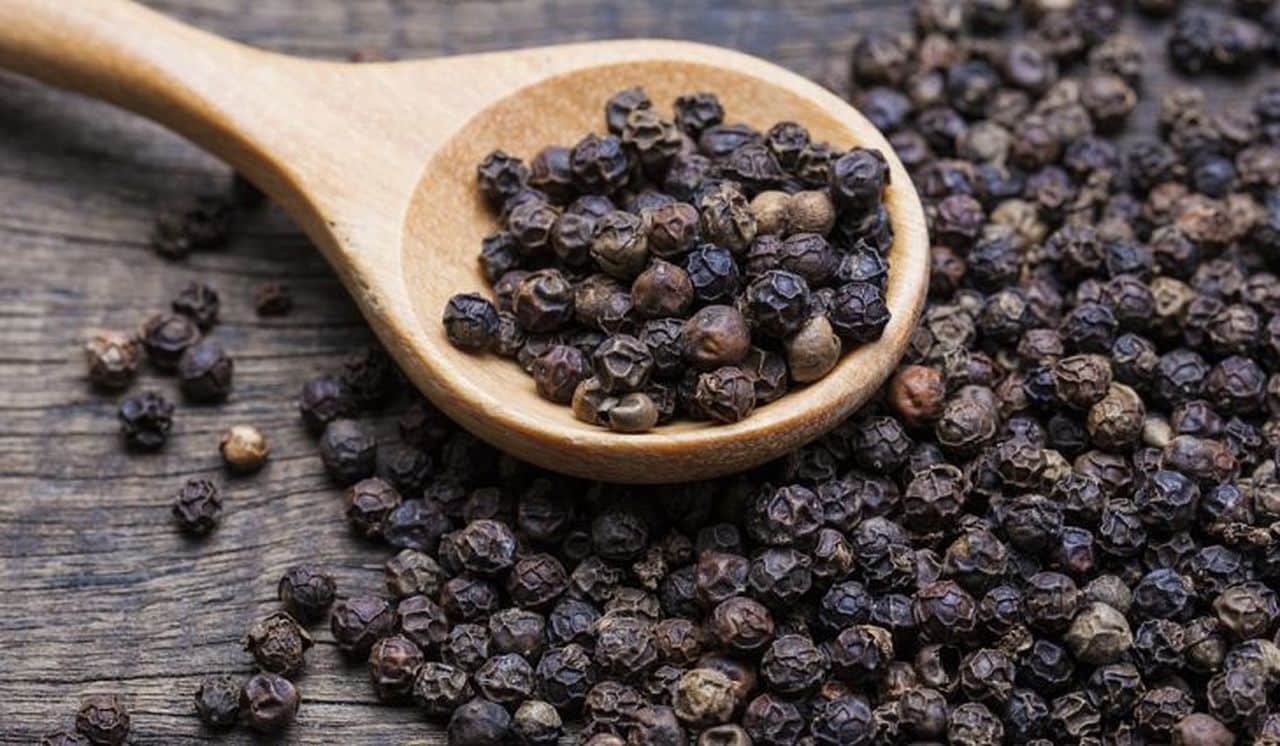
The whole world knows the flavor of black pepper. However, it is worth noting that it has a particular sharpness that is unique in pepper.
You are likely to get a taste of the heat that black pepper features first before any other ingredient, and it introduces a powerful high flavor note that any other spice duplicate no cant.
26. Indian Red Chili (Lal Mirch)
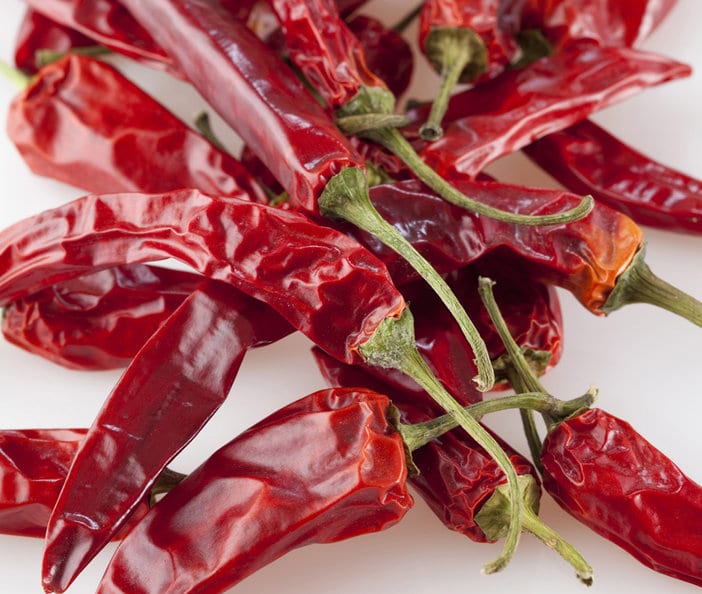
Indian red chili is one ground spice that features a heat similar to that of cayenne pepper, even though it may seem hotter or milder depending on the regions where the chilies are grown and how they’re grown.
Typically, this spice’s flavor is more floral than cayenne, and it features a brighter red color. This is also a great ingredient that you can add slowly at the end when you are adjusting the hotness of your dish.
27. Curry leaves (Kadhipatta)
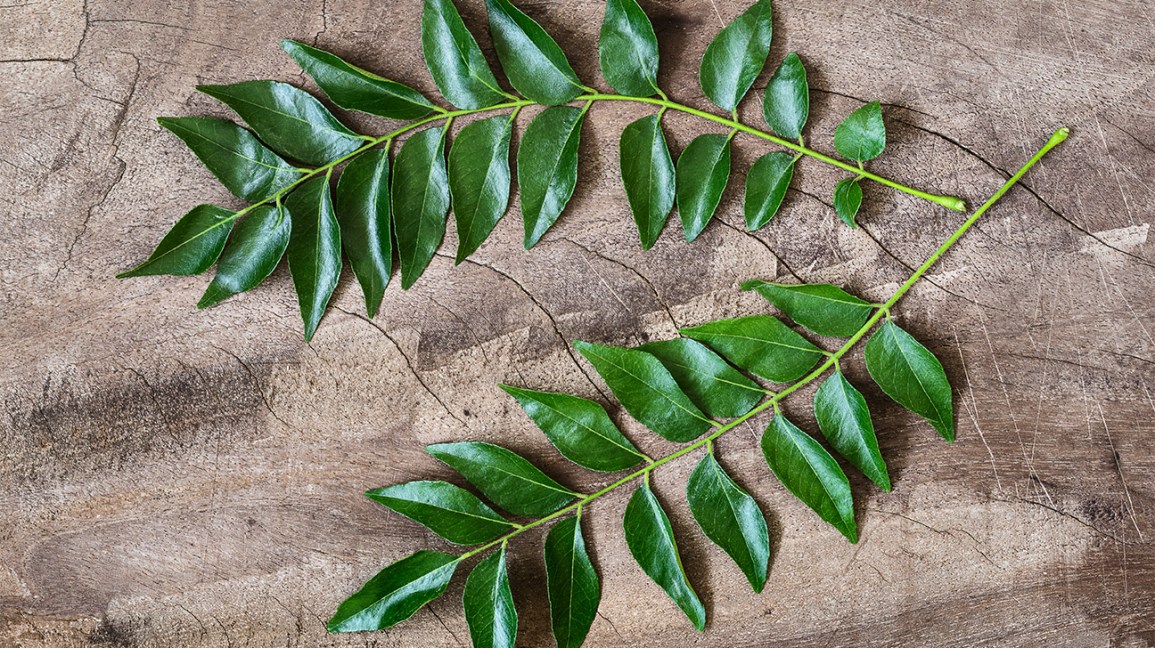
This is by no means the least significant spice in Indian. Curry leaves are currently and have always been one of the most enigmatic spices in India.
They are the leaves found on the Murraya koenigii, and even though they are available as a dried herb, they are best enjoyed fresh.
Add them to your dish in the first or second cooking stage, fried up with chopped onions and some tadka spices, to infuse a pungent aroma that is somewhat citrus.



